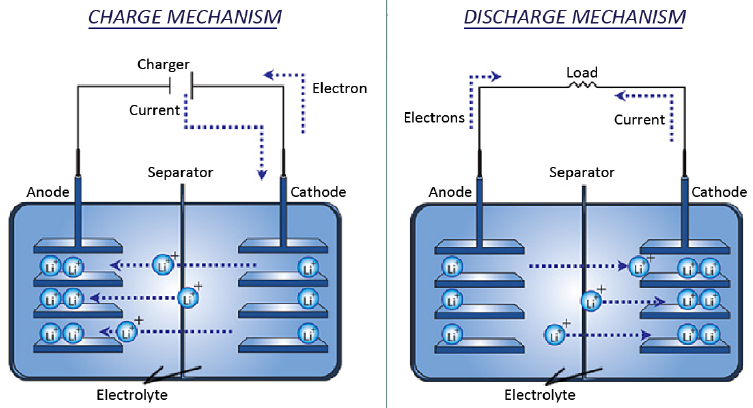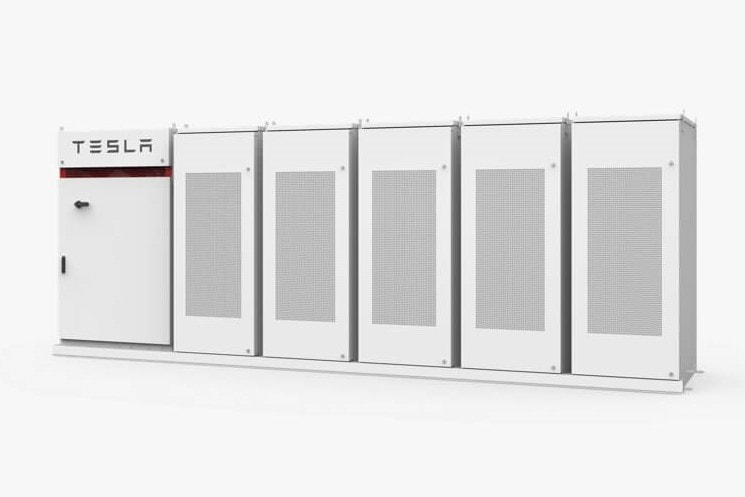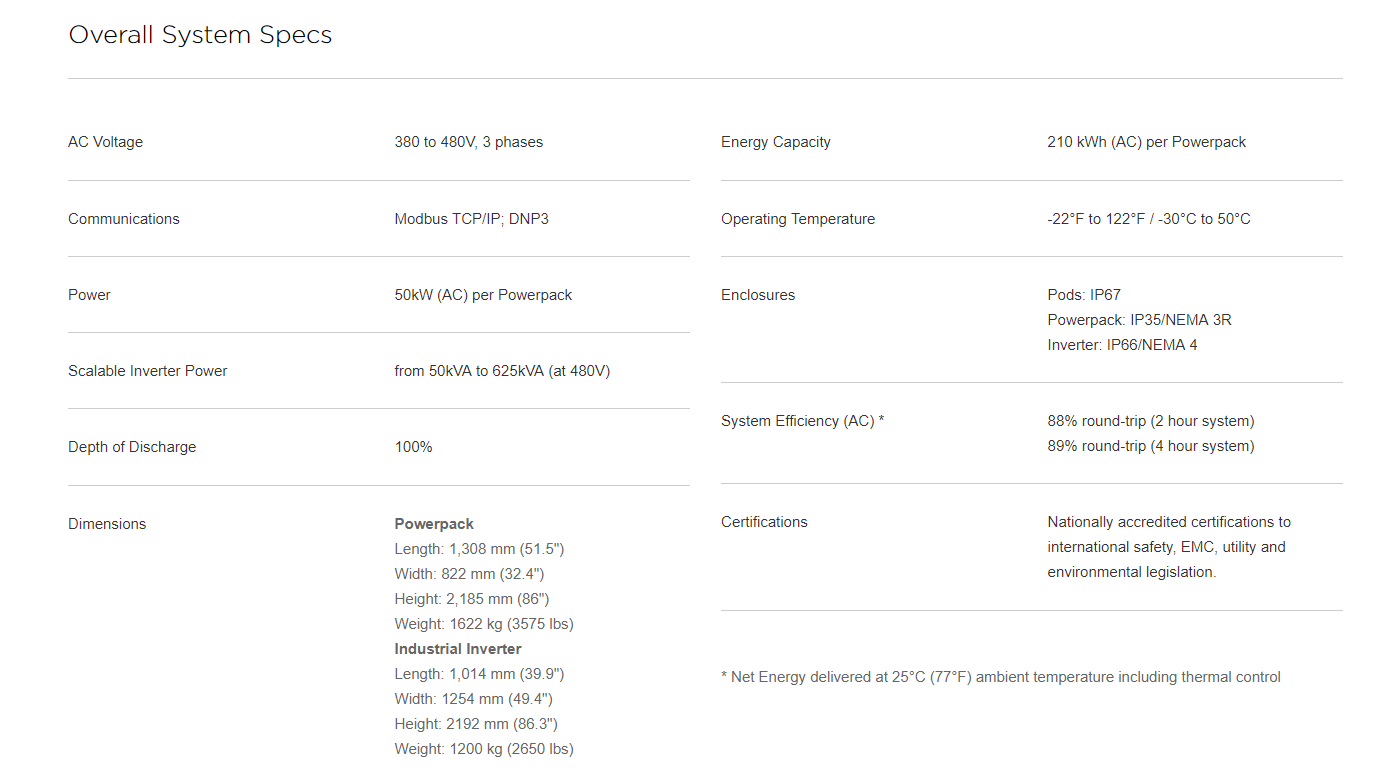One of the storage options chosen was the lithium-ion battery. This was because of the well developed technology found on the market. Lithium-ion batteries are used in all kinds of electronics such as our smart phones and drones as well as cars. It is also used as storage for non-dispatchable renewable energy systems, such as wind and solar power. [4]
Standard fluid lithium-ion battery
|
This shows how the fluid lithium-ion battery works, which is the one used in our project.
It is the same as regular batteries with a cathode and anode as well as electrolyte fluid, the difference is the separator. The battery needs a separator so that electrons does not flow around inside the battery structure [5], if that or the battery itself is under stress, broken or malfunctioning in any way it can cause cell failure and hot spots that makes the battery unstable and then there is a risk for a chemical fire [6][7]. The companies that produce lithium-ion batteries are now also making solid lithium batteries, where the fluid electrolyte is replaced with solid electrolyte. This make them a lot more energy dense, being able to charge faster and last longer as well as not being so sensitive to pressure, and therefore less likely to create a chemical fire and overall safer than the most used lithium battery today which has liquid electrolyte. [8] [9] |
Tesla powerpack
|
The one chosen to be compared to the two other storage solutions is the Powerpack from Tesla. These are used all over the world, including several sites in the UK. [10]
They are very easy to install [11], scalable, small and energy dence. In one square meter this storage holds 210kWh. It also has a rapid discharge rate and deep discharge of 100%. Inside one of the storage containers there are 16 individual battery pods which each has an individual DC-DC converter but it needs and inverter to connect to the wind turbines and the grid since both have a AC charge. The biggest problem with lithium-ion batteries is that they need a certain temperature to work optimal, and therefore there is installed a thermal control system inside the container as well as that the outer protection protects the battery pods from all weather. [12] On the Tesla website there isn't listed any lifetime for this storage option, but the Powerwall have 10 years and it is used later for comparison.[13] The other problem also is that there is no documentation on the deterioration of the efficiency of the battery over the years. |
References:
header background: https://electrek.co/2016/09/09/tesla-quietly-reduced-the-price-of-the-powerpack-by-5-and-its-commercial-inverter-by-19/
[1] https://www.researchgate.net/figure/Charge-and-discharge-process-of-secondary-lithium-ion-batteries-35_fig1_231169804
[2] Tesla
[3] Tesla
[4] https://relionbattery.com/blog/the-seven-top-uses-for-rechargeable-lithium-ion-batteries
[5] https://www.energy.gov/eere/articles/how-does-lithium-ion-battery-work
[6] http://batteryuniversity.com/learn/article/bu_306_battery_separators
[7] http://batteryuniversity.com/learn/article/safety_concerns_with_li_ion
[8] http://www.alphr.com/science/1008867/solid-state-battery-dyson-toyota
[9] https://cen.acs.org/articles/95/i46/Solid-state-batteries-inch-way.html
[10] https://electrek.co/?s=powerpack
[11] https://www.youtube.com/watch?v=DLAG0zvilmE
[12] Tesla
[13] https://www.tesla.com/en_GB/powerwall?redirect=no
header background: https://electrek.co/2016/09/09/tesla-quietly-reduced-the-price-of-the-powerpack-by-5-and-its-commercial-inverter-by-19/
[1] https://www.researchgate.net/figure/Charge-and-discharge-process-of-secondary-lithium-ion-batteries-35_fig1_231169804
[2] Tesla
[3] Tesla
[4] https://relionbattery.com/blog/the-seven-top-uses-for-rechargeable-lithium-ion-batteries
[5] https://www.energy.gov/eere/articles/how-does-lithium-ion-battery-work
[6] http://batteryuniversity.com/learn/article/bu_306_battery_separators
[7] http://batteryuniversity.com/learn/article/safety_concerns_with_li_ion
[8] http://www.alphr.com/science/1008867/solid-state-battery-dyson-toyota
[9] https://cen.acs.org/articles/95/i46/Solid-state-batteries-inch-way.html
[10] https://electrek.co/?s=powerpack
[11] https://www.youtube.com/watch?v=DLAG0zvilmE
[12] Tesla
[13] https://www.tesla.com/en_GB/powerwall?redirect=no


